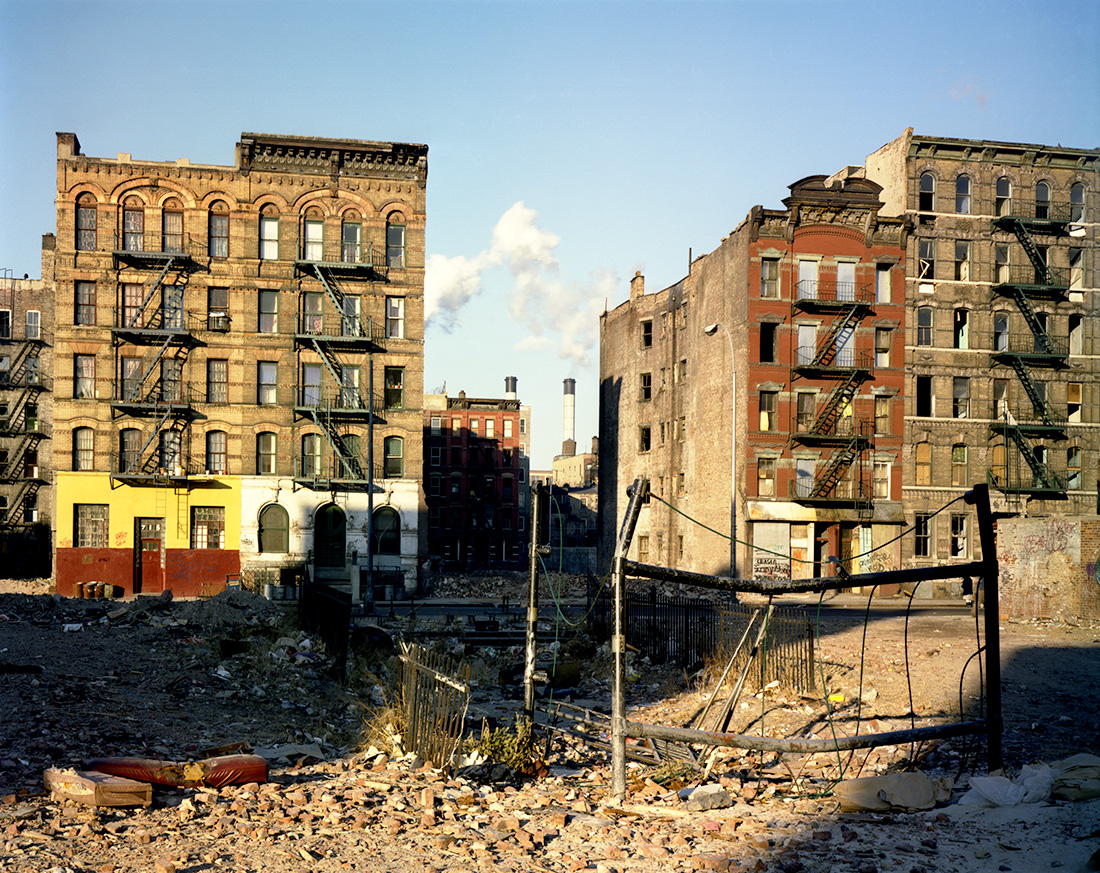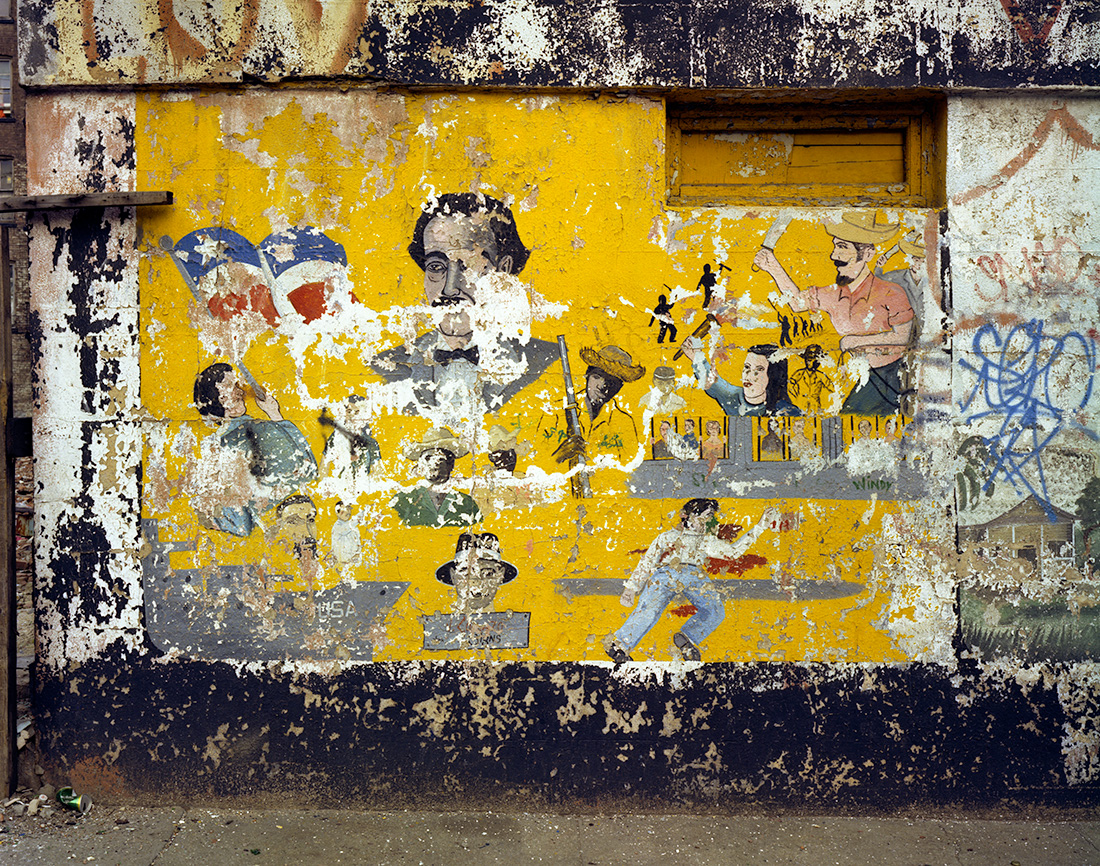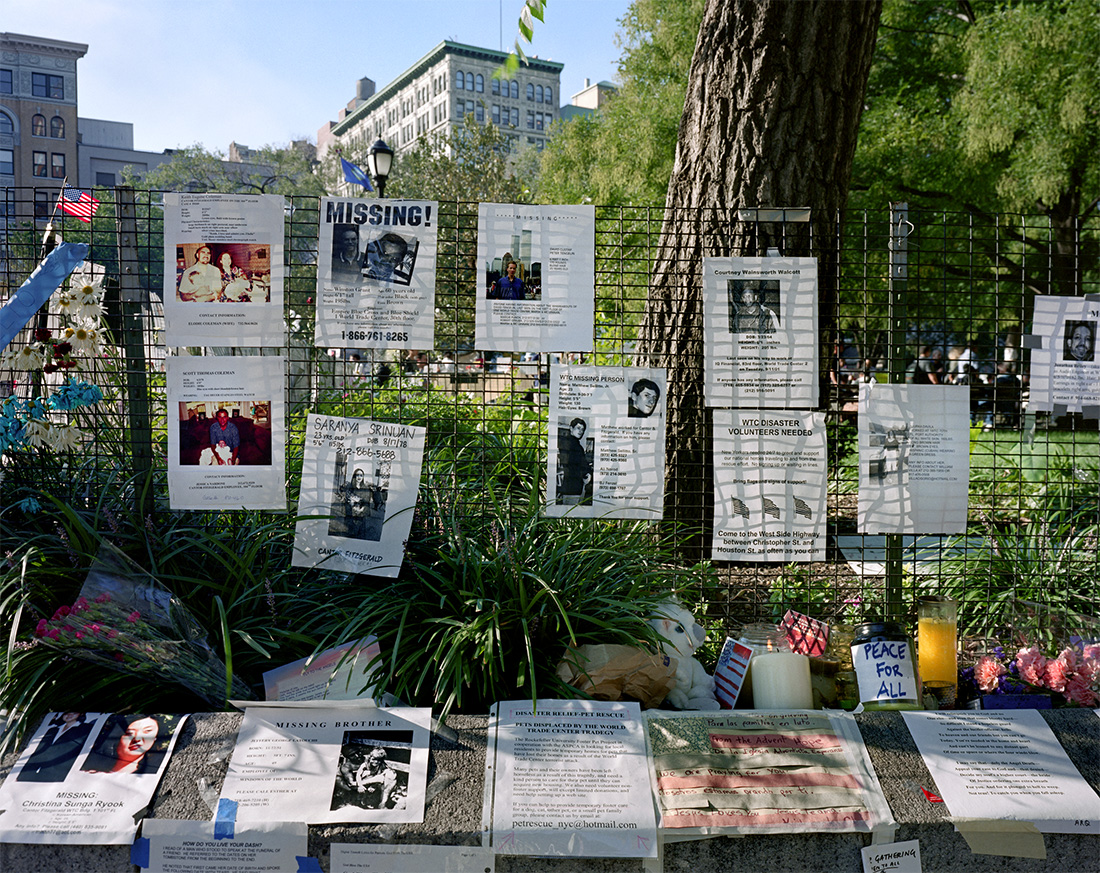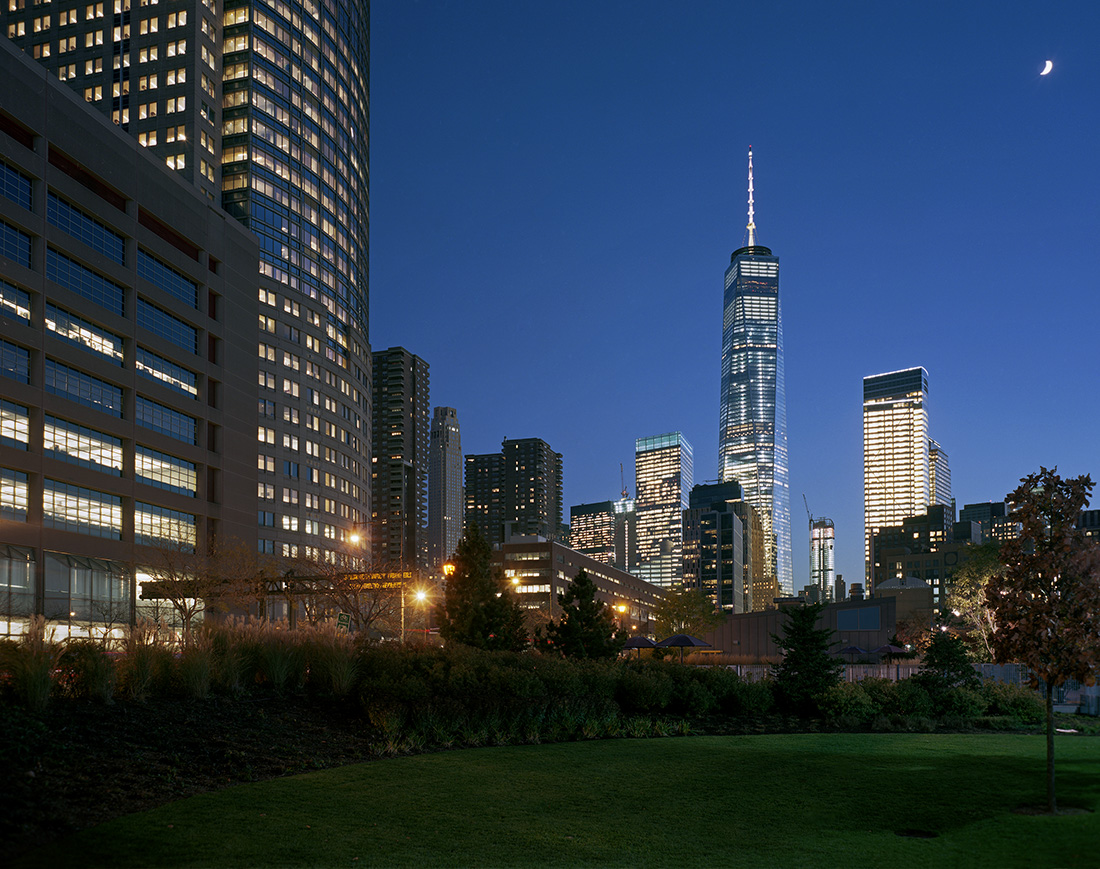
East 5th Street 1980 — © Brian Rose/Edward Fausty
We here in New York are greatly concerned about gentrification and its effects and have been for as long as I have lived in the city — I arrived in 1977. I am not a native New Yorker. I moved to the Lower East Side as one of a cadre of artists and musicians that famously occupied lower Manhattan at a time when large segments of the city had emptied out. Fled. Abandoned ship. Left for the suburbs. Then the kids from the suburbs came back. They did great things, or they blew out their brains on drugs. I got involved with a politically engaged neighborhood group that fought against city policies that led to displacement. The city wanted to sell an empty building on Second Avenue for $1 to a developer. In those days there were few takers. We managed to save the building and turn it into permanent low-cost housing for homeless families.

Norfolk Street 1980 — © Brian Rose/Edward Fausty
Puerto Rican independence mural
I knew then, as I know now, that those who come to New York from elsewhere unintentionally contribute to this seemingly permanent dynamic called gentrification — whether we had money or not we brought wealth — a wealth of energy, ideas, and dreams. Some came for fame, some for money, some for sexual freedom, some simply to find themselves in a place that welcomed everyone from everywhere. Some were idealistic, some were opportunistic. And as always, there were the true immigrants from other countries, or from Puerto Rico, people who fled poverty, intolerance, and violence.
So when I hear the borough president of Brooklyn complain about those who come to New York from other places, who somehow don’t fit in, I get a little upset. Eric Adams, a mayoral hopeful said: “Go back to Iowa! You go back to Ohio! New York City belongs to the people that were here and made New York City what it is.” This is a person who does not seem to understand New York, despite (or because of) the fact that he was born and raised here. I know, of course, that he is concerned about gentrification and its effect on predominately black neighborhoods in Brooklyn. It’s a real issue. The demographic shifts that have occurred in New York since I’ve been here are profound, but they involve a complex array of factors that go far beyond our borders. Such factors even include the dissolution of the Soviet/American world order and the concomitant (and often corrupt) redistribution of capital.

Union Square Park 2001 — © Brian Rose
But the problems New York faces are not mitigated by devolving into tribal politics. That is Trumpism. Even in this most liberal and diverse of all American cities, the plague of Trump has crept into our political discourse. It’s not us against them. It’s not about who has a claim to true citizenship of a city that has prided itself on being the most cosmopolitan of places. It’s not the young people from Ohio or Iowa who are the problem. It’s not the Chinese fleeing oppression or the Central Americans fleeing violence. It’s not the computer programmers and software developers who come for the jobs available in the city. It’s not even Wall Street that is the prime enemy — the financial marketplace has been integral to the city since the founding of the stock exchange in 1817.

Hudson River Park 2014 — © Brian Rose
Gentrification is a symptom of serious issues that need to be addressed, like a shortage of affordable housing — not an excuse for pointing the finger at our neighbors and demonizing those who come to New York to realize their aspirations. Fix what is broken, don’t break what is our greatest strength — our diversity, our embrace of different races, religions, and sexual orientations — our dreams, even our most audacious ambitions to greatness. That’s the New York I came for, and the one I still believe in.